QPAD DX-20 Optical Review
Manufacturer: QPADUK price (as reviewed): Approx £69.99 (inc VAT)
US price (as reviewed): TBC
For as long as we can remember (well seven years ago anyway), QPAD's mice have been fairly large, comfortable things that were generally a joy for palm grip users thanks to their five finger grip supports and well-placed buttons. They had a distinctly ambilevous design, plenty of buttons and that's the way things have stayed.
The DX-20, though, marks a change from this norm for the first time for QPAD and it's certainly a very different offering to the company's 5K or 8K Pro gaming mice. It's Intellimouse-inspired design is smaller all round and far narrower especially, but thankfully the length hasn't been squished as to make your fingers draw over the ends of the main buttons - it's plenty long enough at just under 130mm even for the largest hands.
Click to enlarge
While it doesn't offer a full five finger support, there's enough of a chassis here to cater for at least your thumb and three fingers. However, if you're moving from a larger mouse, the lack of support for your pinky and semi-support for your ring finger and thumb will be very noticeable. It sports a rather narrow ambidextrous design with an hourglass shape so the overall result is actually something that lends itself to pretty much all grip types once you get used to it of course.
There's a surprising amount of weight in what's otherwise a compact, entirely plastic chassis with no adjustable weights included. At 97g this might be a tad too heavy for some given the Logitech G402 noticeably larger yet comes in only a few grams more, while the Cooler Master Xornet II weighs considerably less. However, there are loads of heavier mice out there including many of Razor's.
The exterior sports a soft-tough coating and apart from some slight rough edges under the right mouse button that can occasionally catch your ring finger, it's a very pleasant mouse to hold, even for long periods. There are four large Teflon feet with a pack of replacements in the box - always a nice touch plus you get a nylon carry case too.
Click to enlarge
There are seven programmable buttons - the two usual, scroll wheel, a pair of thumb buttons and two DPI sensitivity toggles behind the scroll wheel. As your fingers tend to sit a fair way forwards and relatively flat, it can be an effort to move them back to the toggle switches, especially in a hurry, but it's good to see a pair here rather than a single button.
The thumb buttons feel absolutely fantastic with a light yet firm positive feel and great physical and audible feedback. The main buttons use Omron switches and these sport a relatively even actuation pressure a surprising way back from the front of the mouse, again reinforcing the fact the DX-20 can lend itself well to a number of grip types. If you're a fan of quite scroll wheels then this is definitely the mouse for you. There's no free-wheel toggle as you might see on a Logitech mouse, but it feels just as good as the thumb buttons, with a smooth yet light resistance that offers plenty of feedback with very low noise, even if you're flick-scrolling up and down rapidly.
Click to enlarge
The Pixart/Avago 3320 optical sensor claims zero acceleration and we'd have to agree as much as our hands and eyes could tell us, although if you're really going for broke, it's worth noting the claimed 80 inches per second tracking, which is less than most other QPAD mice, which offer as high as 150IPS and triple the image processing rate too. That said, we only saw smooth, precise tracking from the DX-20, which was a joy to use straight out of the box.

MSI MPG Velox 100R Chassis Review
October 14 2021 | 15:04


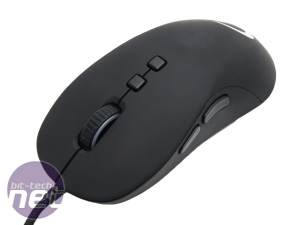
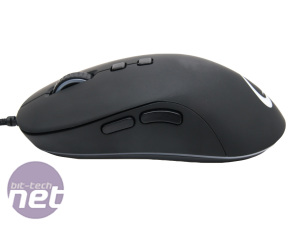
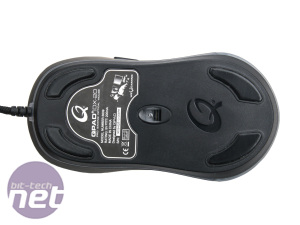
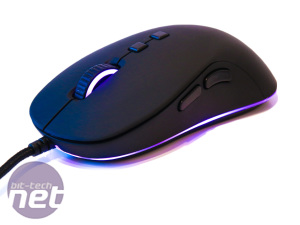
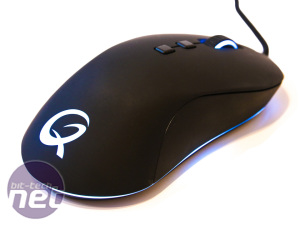
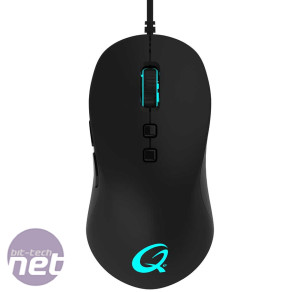







Want to comment? Please log in.